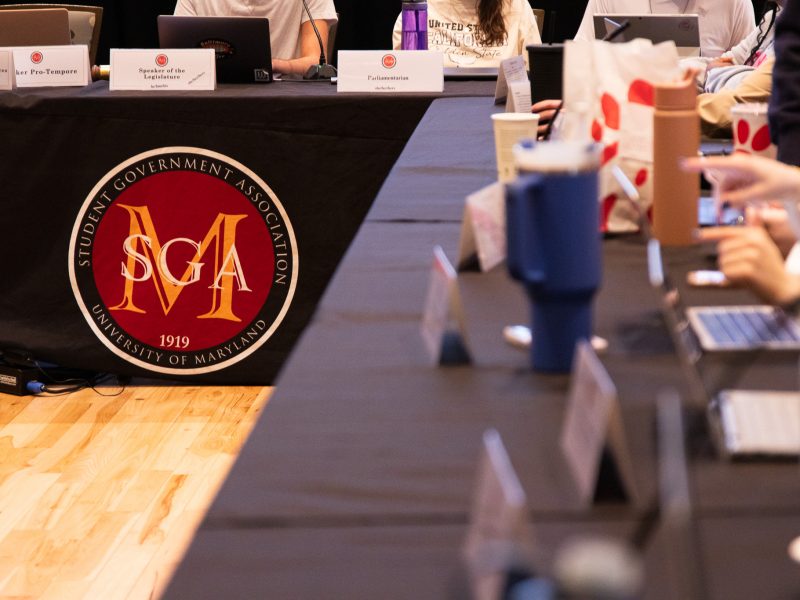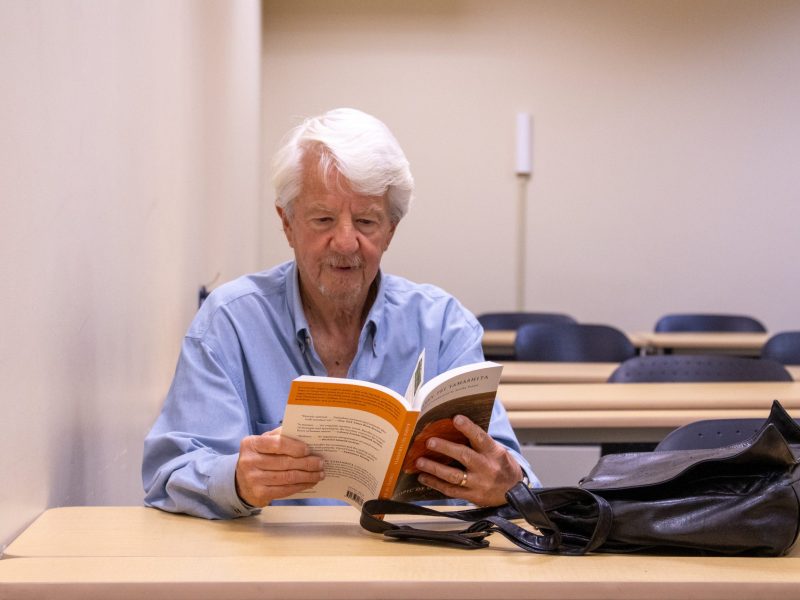Scientists at the University of Maryland have begun research on one of this university’s four experiments launched to the International Space Station on Aug. 14.
ISS-CREAM, or Cosmic Ray Energetics and Mass for the International Space Station, is an instrument that detects cosmic rays. These energetic particles shower Earth from beyond the solar system and travel close to the speed of light, but their origin is still not completely understood, said Eun-Suk Seo, the experiment’s principal investigator. This device measures the highest energy cosmic rays ever directly observed in space, and can help understand the origin and acceleration of cosmic rays and dark matter.
The 1.4-metric ton, refrigerator-sized instrument is mounted on the outside of the International Space Station and is currently in the tuning and calibration phase.
Seo’s team receives data 24/7 and in real time from the apparatus at the project’s control center located in the Atlantic Building. At least two people are always in the control center to make sure the instrument is working correctly.
However, it wasn’t an easy ride to the space station. ISS-CREAM was held at the Kennedy Space Center for two years before launching earlier this month from that location, due to various delays, including the explosion of a rocket flown by aerospace manufacturer SpaceX.
[Read more: A UMD alumna will be the first African-American crew member on International Space Station]
“No words can describe how excited I and my team are that the launch finally happened,” said Seo, a physics professor at this university. “We are so happy that the instrument is working, because we were concerned after the long wait that it hasn’t been turned on in two whole years.”
The experiment is set to go on for three years, and Seo hopes it will bring about a surplus of information in an area where research is currently lacking.
While ISS-CREAM is just starting, another experiment that was launched with it already finished.
Two undergraduate students made the finalist team for this university’s Student Spaceflight Experiments Program — an initiative that gives students the ability to design and propose experiments to go into space. Their $2,000 experiment explores the effect of microgravity on biofilms, which are bacterial colonies that adhere to hard surfaces such as teeth or surgical implants.
Scientists already know the microgravity in space causes biofilm to grow faster, but junior Colton Treadway, one of the students who created this experiment along with Stacey Mannuel, said he hopes his research will help find ways to prevent the growth from occurring.
“Throughout the whole planning process, it felt like we were working on just another project, working through deadline after deadline and following different specification,” said Mannuel, a junior bioengineering major. “But when it finally launched, it occurred to me that real astronauts would actually be working with our experiment in space. It is mind-boggling, and I still can’t quite wrap my head around that.”
The experiment started the day after the SpaceX rocket docked at the International Space Station, and it took only two days for the biofilms to grow, said Treadway, a cell biology and genetics, chemistry and physics major. The two students are now waiting for their samples to be sent back in about four weeks to start analysis.
[Read more: NASA signs $87.5M agreement with UMD and other schools to continue space science research]
“Whenever something big was happening with the project this past year, it was very bad timing,” Treadway said. “The deadline for our proposal was finals week last fall and budget issues happened during midterms, so I am overall relieved that our project made it, and am very excited to analyze the results further.”
Support equipment for two NASA-funded University of Maryland experiments that launched in June were also sent to the space station on Aug. 14.
The first experiment is called BRE, or burning rate emulator, and its goal is to find out what types of material might be flammable in space.
“Clothing, paper, adhesives — everything up there could potentially be flammable, but no one is actually sure what materials are or not and that’s extremely hazardous,” fire protection engineering researcher Peter Sunderland said. “This experiment aims to change that.”
While it isn’t feasible to take a sample of every single item into space to see if it burns, scientists working on this experiment — which has been in the works since 2010 — invented a way to use gases to mimic the burning of various liquids and solids.
A second experiment called Flame Design will test spherical flames, which happen only in space and not on Earth due to the lower amount of gravity.
Both experiments, while already on board the space station, won’t start until 2019.



